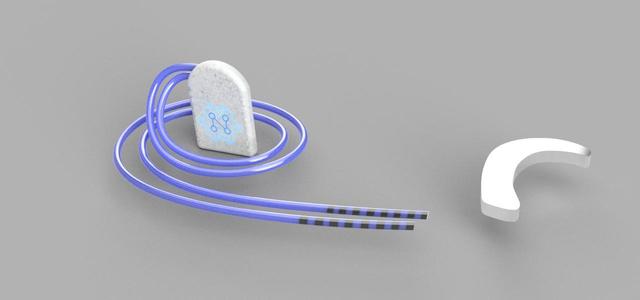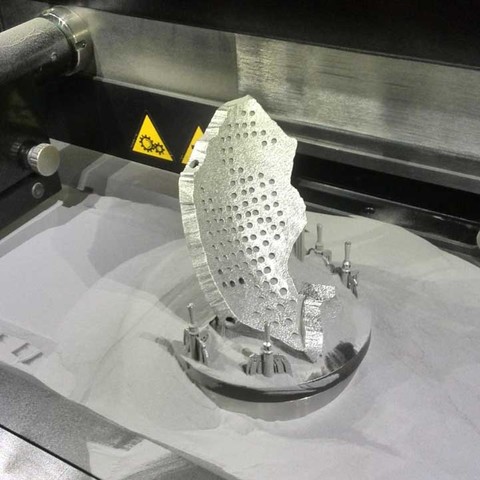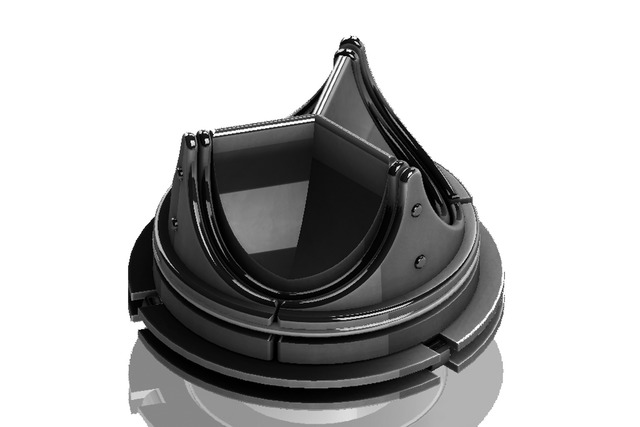New medical devices are an essential part of advancing the healthcare field. New medical devices can help almost every aspect of health care, from new ways to detect diseases to different mobility options for those with prosthetic limbs. Although medical devices have a wide range in design and function, the process is usually relatively well structured. Medical devices are regulated and must meet safety and quality standards to make it to the next phase of development. This is why working with a pre-vetted freelance medical device designer is essential.
In the USA, these product designs are typically divided into classes I, II, and III. Class I products pose no risk to patients; class II poses some risk, and class III poses the most risk. Other countries have standards that have to be met to protect the end-user. Because of the unique nature of the medical device industry, it is essential to pick someone with the right expertise to design and prototype a medical device for your company. The wrong choice could prove disastrous not just for you, but for your company. Here are a few essential things to consider before you choose a design service for your new product.
 Table of Contents
Table of Contents
Experience or education in FDA regulations
If your medical device is not FDA compliant, you will not be able to sell it. Your medical device design service should have an in-depth understanding of FDA compliance, including the requirements for each type of classification. This is especially the case if you yourself or your company are unfamiliar with FDA regulations. It could cost your business a lot of money if you make a product that isn’t FDA compliant. When you choose a designer, it’s helpful to know which class your medical device will be in, and find a product designer who specializes in that particular classification.

By doing so, you will get the best possible result with your design and avoid mishaps that cost you time or money. Other education is also important. Your product design service will need to have experience in CAD design to create a model that can help check for safety and other vital tasks. Expect a bachelor’s degree or higher for the modeler on the team.
Responsible time management
Medical devices are strictly controlled, which means any errors can send your product back to the drawing board. Professional assistance can help streamline the production process, creating a design that won’t be rejected for safety reasons. There’s more to saving time than simply avoiding mistakes. However, a quality design service can also work together with the manufacturing side, speeding up production overall.
On the flip side, companies or industrial design freelancers who don’t have good time management skills can delay a project through missing deadlines or making mistakes of their own. If a designer delays a project too much, it can open the way for other companies to develop new products sooner. Many top prototype design services are familiar with the medical field and keep tabs on the forefront of technology. They may be able to take their current knowledge of the medical industry and use that to improve your design. They may also be able to react ahead of time to changes in FDA regulation, so you don’t end up having to update a medical device earlier than anticipated.
The end result isn’t just a product being introduced to the market on time or early, but also higher quality products that will truly help your customers and keep them safe. When looking for a medical device designer, look for someone who has good time management skills so they can give you products like these—not delays. If you’re not sure if they have good time management skills, call their references and ask. Their previous customers will be able to tell you whether they got products done on time.
Proven success
In order for your project to go smoothly, you need them to have a start to finish process for designing your device. Before choosing a product engineering service, ask them if they have a proven process in place for designing and testing products. It may be helpful to ask the company for a copy of their total product lifecycle chart. This will tell you if they have such a process. This chart should be detailed and include things such as:
Usability
Obviously, a product has to be usable for it to be worth selling. With a medical device, small changes can make a big difference in how comfortable or easy to use it is. Prosthetic limbs that are easier to put on or have greater functionality. For example, they are better than simple hooks or uncomfortable limbs. Sometimes very small changes can make a big difference.
Risk Management
No matter how careful you are with medical devices, problems can still occur. There will always be a degree of risk. How much risk is greatly determined by the care and attention provided by your design engineering service. A solid risk management strategy is critical to making sure that there is as little risk as possible for your project.
Development
The development process itself should be well defined, with steps put in place that show they not only have a proven method but know how to work with others. A medical device design often requires a great deal of effort from many different people to be successful, so having a plan in place is very important. If your medical device design service has a detailed lifecycle chart in place, chances are they will produce the kind of product you can be proud of, and that’s very important. You can also get a feel for how successful they are by looking at projects they have worked on in the past. A good designer will have several projects under their belt.
Experience in the medical field
There are a lot of CAD design services out there and many of them design products. There are a lot of crossovers between the design of medical devices and product design. Yet getting an ordinary product designer for a medical device could prove disastrous.

When looking for design services in the medical field, it’s critical to choose one that is familiar with medical devices and has worked with them in the past. If they don’t have experience, they may not have full understanding of regulations or make other costly mistakes due to ignorance. It’s not just FDA regulations that can go wrong if a designer lacks experience. Patents need to be researched to make sure a new product isn’t infringing on any, and so much more. Experienced medical device designers will be aware of this and can help avoid potential problems during the process.
This is one time where you don’t want an inexperienced person working with you. Hire a professional who has done this before. You should be able to see their experience firsthand. They should have references from other customers, a portfolio with work they have done in the past, or possibly reviews of their company or designers. An experienced medical device designer should definitely be prefered over a new designer, for safety and efficiency.
Experience with the right software
Medical devices are not something you can take risks with. Because of this, CAD modeling is an essential step as it can run basic checks for safety, durability, and other analysis without risking a patient’s life. This can also be a useful way to save money, eliminating errors and making sure your product is safe, high quality, and will do the job correctly before the first one is even made.
RELATED: New medical device development life cycle
Many CAD programs can also be used to gauge material costs, so you can have a rough idea of what the manufacturing costs will start at during the planning process. Make sure they have experience with software that can give you this information.
Excellent communication Skills
When you entrust a company with designing the product you want built, there are certain basic expectations that need to be met. If you submit the data for your design and don’t hear from them at all until the product is finished, it can be very worrying. Likewise, without clear communication, you may be confused as to where they are in the project. This is why clear communication is vital to the creation of a medical device.This is another area where asking for references can be helpful. Follow up with any references offered, and ask if they felt the designers communicated well.

All of these things are extremely important when it comes down to finding someone to design your medical device. Medical devices help patients every day, from inhalers and walkers to implants that help improve the lives of thousands of people around the world. Taking the time to find the right person for the job is important, and well worth taking the time to ensure that you have found someone who is qualified to do the job.
Cad Crowd’s medical device design service at your disposal
At Cad Crowd, we have a network of professional medical device designers who can help with any project. If you’re looking for a qualified professional to work with you to make a new device, let us know. Find out how it works today.
